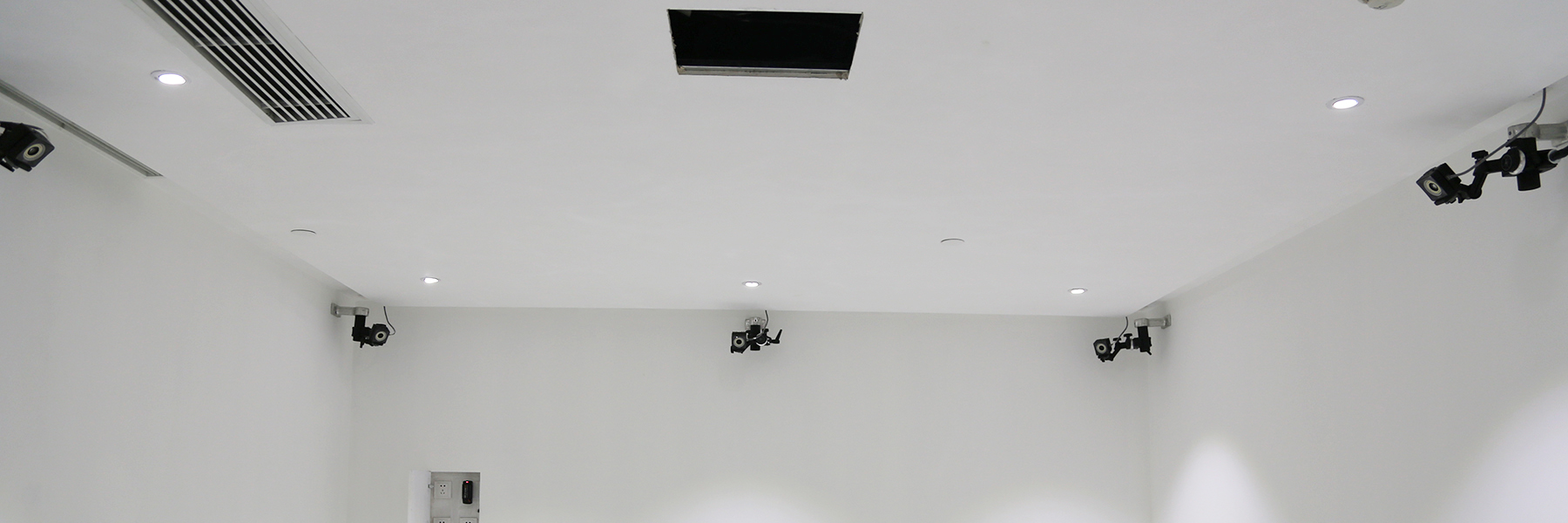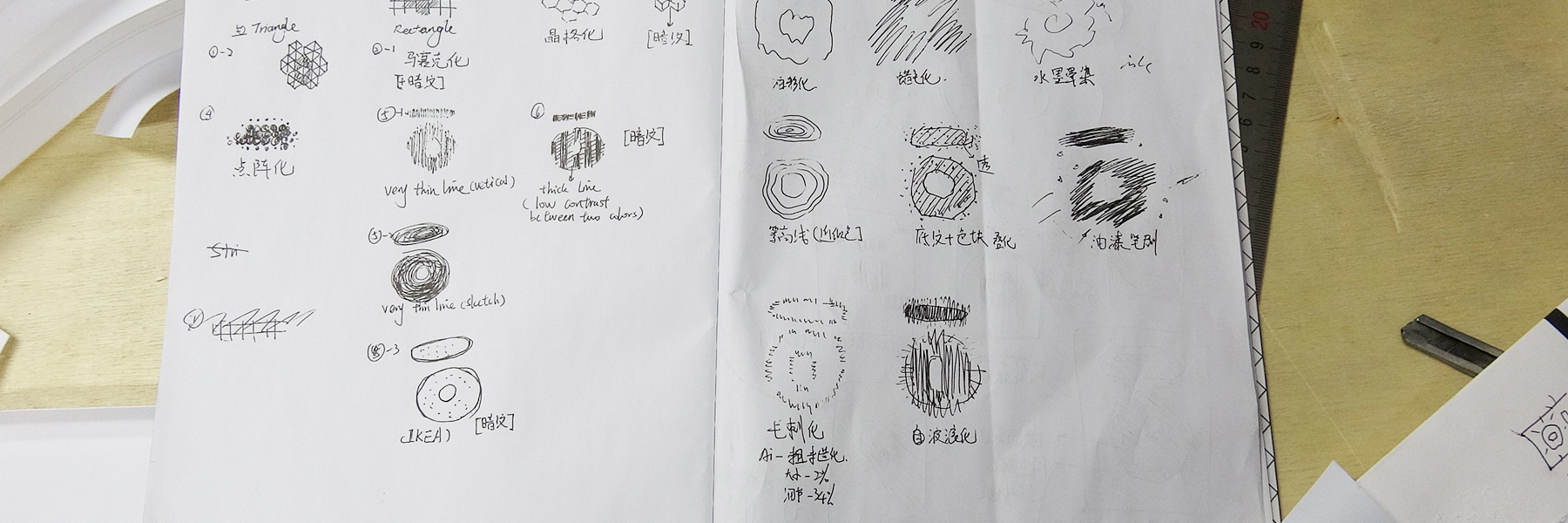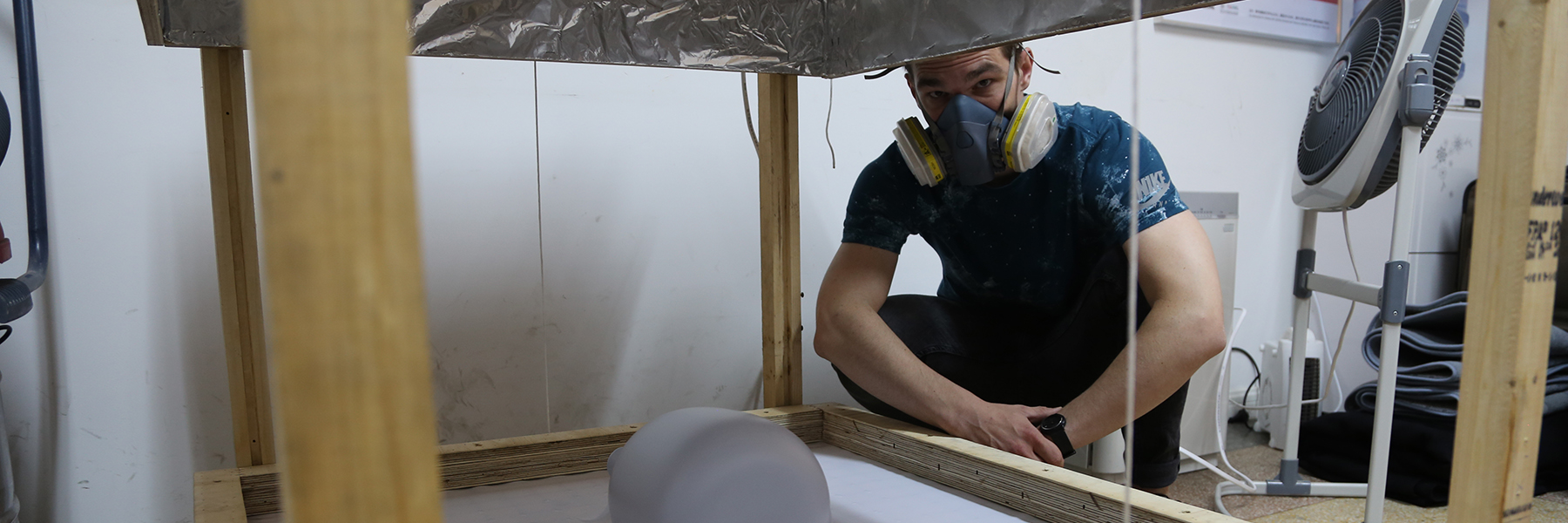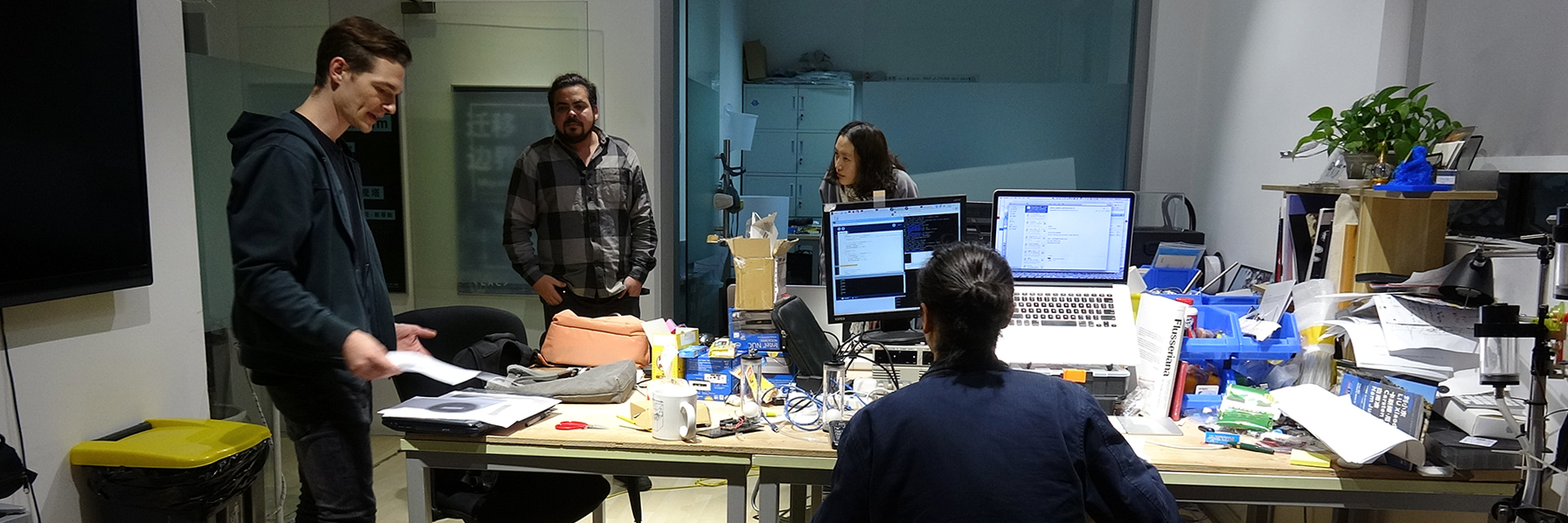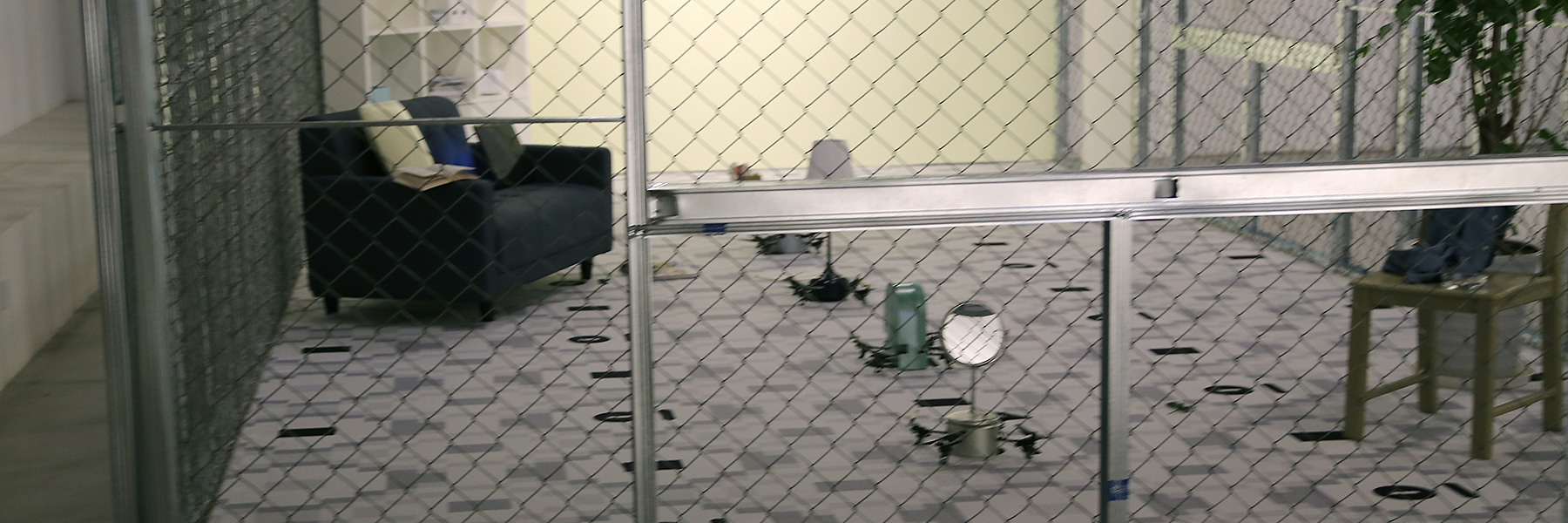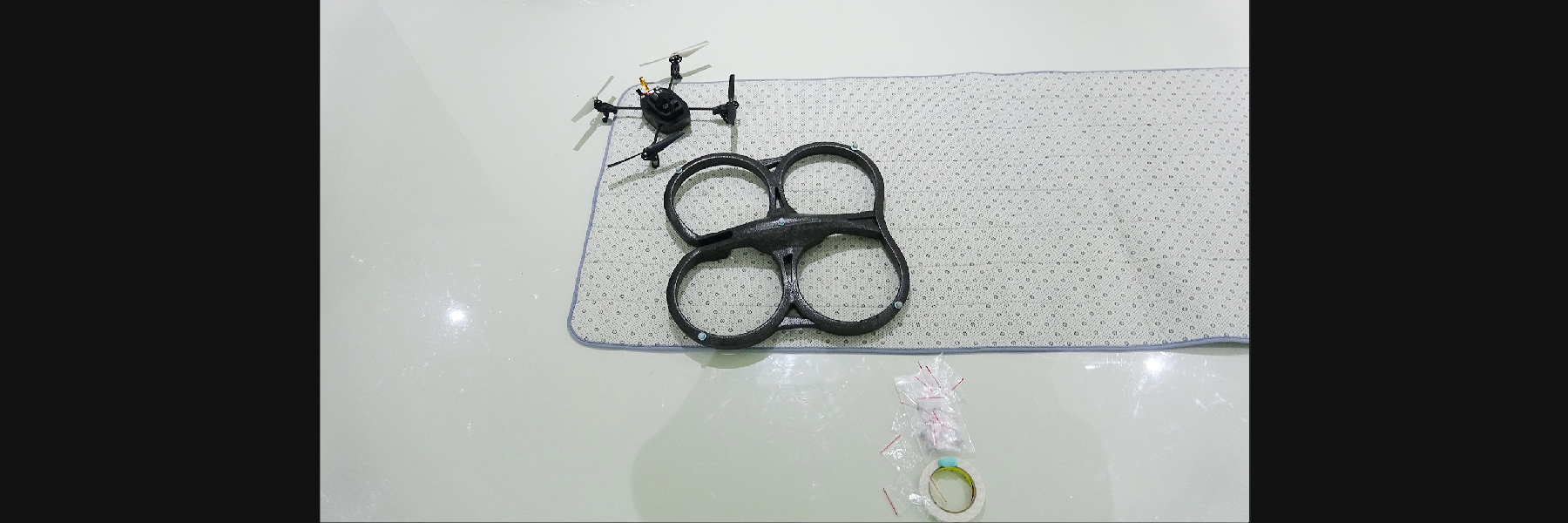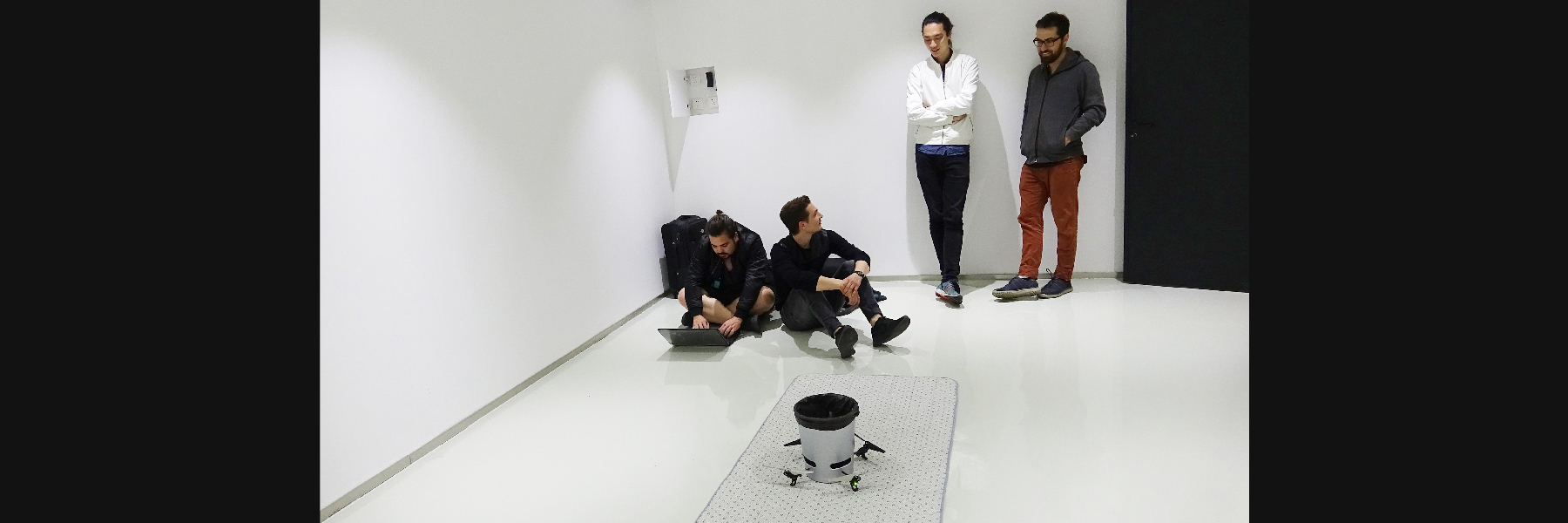Floating Room is is a composition of hyper-physical objects that, while in their hovering states, manifest the dynamic aerial reactions within a staged space. Floating Room shifts domestic products into featherweight, airborne whimsies. It is a sensorial, sculptural installation that shapes interfaces between our things, flight, and air, and between fantasy and digital realization. It transforms the grounded domestic space; from static, comfortable, and quiet dust collecting rooms into sensational, buzzing, windy soundscapes.
This turbulent room converges art, science and everday matters. In this place of mechanization, conventional products are given spirit and with their new capacity they render the non-human. From taking off, to hovering or drifting, and then landing, these floating hyper-products touch (or relocate) other home interior artifacts by generating contradictory air currents, or in some instances through impact (crash). Through these compositional affects, the room and the objects within it are in aerial flux – a continuous rearranging of objects due to intermittent flurries of airborne motion.
Floating Room is a technological-domestic hybrid that embraces rotorcraft technology as more than a tool. As flying sculptures, the quadcopter domestic products are a physical message, one that mixes humor and narration into contemporary inquiries regarding emerging flight technologies, novel approaches to product delivery, and future smart homes.
The quadcopter domestic products are featherweight works of art, promising high creation and intellectual value. They advance the discourse of aerial art and new media art. Floating Room is a place where conventional, functioning domestic things hover and float in a kinetic state of being. When called upon to take off, the aerial product chooses to hover steadily in place, float to a new position, and/or change altitude before descent.
Every hour a domestic-aviary keeper enters the room to care for the products and the room in which they fly. The performer cleans, mends to any products’ damage and low energy levels, then reset. Every instance is different.
Floating Room decontextualizes a popular perception that UAV’s are for aggressive militant use by setting up a scenario where the quadcopter sculptures are characters, subtlety with innocent qualities. Floating Room suggests a ludic narrative; by giving inanimate things the ability to semi-autonomously fly and teaching them to follow certain behaviors, in spirit, is domesticating our products. In terms of novel approaches to product delivery, Floating Room’s story is that products purchased remotely are actually drones that delivered themselves, and they move into the house with the intention to never stop flying, ultimately maintaining their disposition to float.
About the artist



